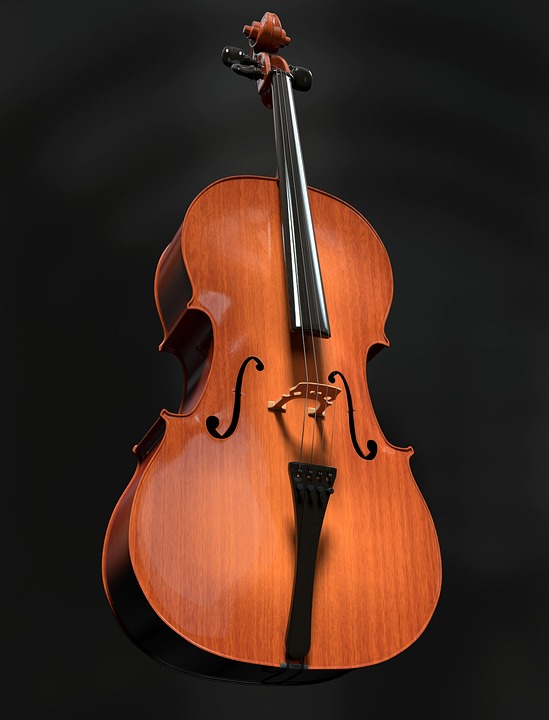Exploring the Different Instrumentations of Classical Music Ensembles
Classical music has a rich history and tradition of ensemble performance, with various instrumentations creating unique and beautiful soundscapes. From small chamber groups to full symphony orchestras, each ensemble configuration offers a different experience for both performers and audiences. Let’s delve into the diverse world of classical music ensembles and explore the range of instrumentations that bring these timeless compositions to life.
Chamber Ensembles
Chamber ensembles are small groups of musicians who perform classical music in an intimate setting. These groups typically consist of no more than ten musicians, allowing for a more nuanced and intimate musical experience. Common chamber ensembles include string quartets, woodwind quintets, and brass quintets.
String quartets are one of the most iconic chamber ensembles, consisting of two violins, a viola, and a cello. The interplay between these four instruments creates a rich and complex texture, with each instrument contributing its unique voice to the overall sound. Famous string quartets include the Guarneri String Quartet and the Emerson String Quartet.
Woodwind quintets are another popular chamber ensemble, featuring a flute, oboe, clarinet, bassoon, and horn. This combination of instruments allows for a wide range of colors and textures, with each instrument contributing to the ensemble’s unique sound. Notable woodwind quintets include the Berlin Philharmonic Wind Quintet and the Canadian Brass.
Brass quintets consist of two trumpets, a horn, a trombone, and a tuba. This combination of instruments creates a powerful and majestic sound that is often used in ceremonial and celebratory music. Famous brass quintets include the Canadian Brass and the Empire Brass.
Orchestras
Orchestras are large ensembles consisting of multiple sections of instruments, including strings, woodwinds, brass, and percussion. These ensembles are capable of producing a vast range of sound, from delicate and ethereal to bold and majestic. Orchestras are typically led by a conductor who coordinates and shapes the ensemble’s performance.
Symphony orchestras are the most common type of orchestra, featuring a large number of musicians playing a wide variety of instruments. The strings section forms the core of the orchestra, with multiple sections of violins, violas, cellos, and double basses. The woodwinds, brass, and percussion sections add depth and color to the ensemble’s sound, creating a dynamic and powerful musical experience. Famous symphony orchestras include the Berlin Philharmonic and the Vienna Philharmonic.
Chamber orchestras are smaller ensembles that typically consist of one player per part, allowing for a more transparent and balanced sound. These ensembles are often used for performing Baroque and Classical-era music, where clarity and precision are key. Chamber orchestras are known for their versatility and agility, with each instrument playing a distinct role in the overall texture. Notable chamber orchestras include the Academy of St Martin in the Fields and the English Chamber Orchestra.
Opera and Ballet Orchestras
Opera and ballet orchestras are specialized ensembles that accompany opera performances and ballet productions. These ensembles are tasked with creating a cohesive and expressive musical backdrop for the dramatic action on stage. Opera orchestras typically include a large string section, woodwinds, brass, and percussion, while ballet orchestras may also include additional instruments such as harp and celesta.
Opera orchestras are known for their ability to convey the emotional intensity of the characters on stage, with lush and dramatic musical accompaniment. The orchestra plays a crucial role in setting the mood and atmosphere of the opera, supporting the singers and enhancing the overall theatrical experience. Famous opera orchestras include the Metropolitan Opera Orchestra and the Royal Opera House Orchestra.
Ballet orchestras are responsible for interpreting the intricate choreography and storytelling of a ballet performance through music. These ensembles must be flexible and responsive to the dancers’ movements, providing dynamic and rhythmically precise accompaniment. Ballet orchestras often perform music by composers such as Tchaikovsky and Stravinsky, whose works are synonymous with classical ballet. Well-known ballet orchestras include the Mariinsky Theatre Orchestra and the Paris Opera Ballet Orchestra.
Conclusion
Classical music ensembles come in a wide variety of instrumentations, each offering a unique and distinctive sound. From small chamber groups to full symphony orchestras, each ensemble configuration has its own set of challenges and rewards. Whether performing in a quintet or a hundred-piece orchestra, musicians in classical ensembles work together to create beautiful and compelling musical interpretations that inspire and uplift audiences around the world.


